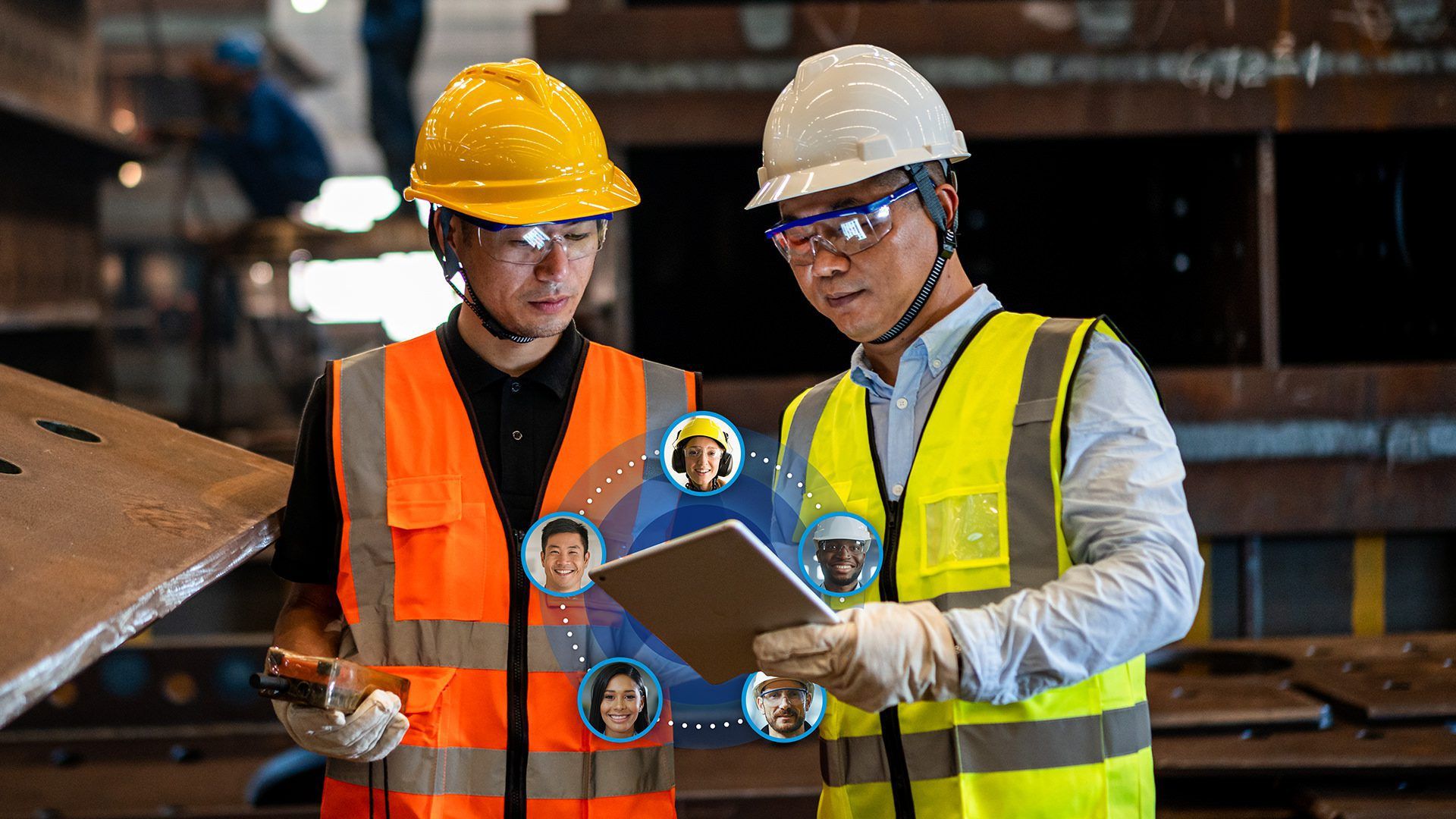Renewable Resource Construction
Introduction
Renewable resource construction involves the use of sustainable materials and practices in the building industry. It focuses on minimizing environmental impact and maximizing energy efficiency. By utilizing renewable resources, we can reduce our dependence on non-renewable sources like fossil fuels, which contribute to climate change.
The Benefits of Renewable Resource Construction
1. Environmental Impact: Renewable resource construction helps reduce carbon emissions, water usage, and waste generation. This leads to a healthier and more sustainable environment for future generations.
2. Energy Efficiency: Buildings constructed using renewable resources are designed to be energy-efficient. From efficient insulation to solar panels, these structures significantly reduce energy consumption, resulting in lower utility bills and a smaller carbon footprint.
Renewable Materials
1. Bamboo: Bamboo is a fast-growing grass that can be used as a sustainable alternative to timber. It is strong, versatile, and regenerates quickly, making it an excellent choice for construction.
2. Recycled Materials: Incorporating recycled materials like reclaimed wood, glass, or metal into construction projects helps reduce waste and conserves natural resources.
Sustainable Practices
1. Passive Design: Passive design techniques maximize natural light, ventilation, and insulation to reduce the need for artificial lighting, heating, and cooling.
2. Rainwater Harvesting: Collecting rainwater for non-potable uses such as irrigation and toilet flushing reduces the strain on freshwater resources.
Conclusion
Renewable resource construction plays a crucial role in promoting sustainability in the building industry. By utilizing renewable materials and sustainable practices, we can construct energy-efficient buildings that minimize environmental impact. Investing in renewable resource construction not only benefits the planet but also leads to long-term cost savings and a healthier living environment for everyone.
